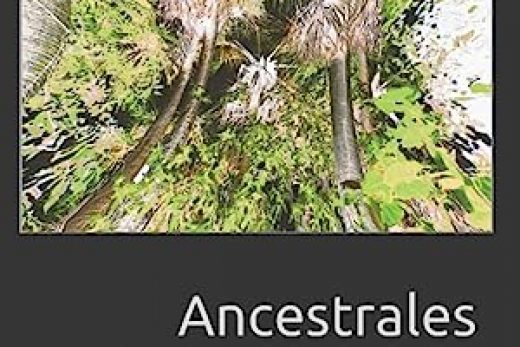In “Strength of the Lion: A Tale of Resilience and Survival,” Ginger Creech Gravell weaves a gripping story that delves into the complex relationship between humans and the natural world. The novel’s main character, a lion, serves as a powerful symbol for the resilience and adaptability of both nature and humanity. This essay will explore the themes, characters, and symbolism found in this captivating work.
The story follows the life of a lion named Asani, who is forced to confront various challenges as he navigates the unforgiving African savannah. As the narrative unfolds, we witness the lion’s struggles with other animals, as well as the encroachment of humans upon his territory. Through these experiences, Gravell effectively illustrates the delicate balance between the needs of the natural world and the demands of an ever-expanding human population.
One of the most striking aspects of the novel is its portrayal of the interconnectedness of all living beings. Gravell uses Asani’s encounters with other animals to demonstrate that every species plays a vital role in maintaining the delicate balance of the ecosystem. For instance, when Asani’s pride is threatened by a pack of hyenas, he must learn to work with a group of elephants to ensure their mutual survival. This collaboration between species underscores the importance of recognizing the interdependence of all life on Earth.
The human characters in the story also play a crucial role in shaping the narrative. Through their interactions with Asani and the other animals, we see the impact of human actions on the environment. Gravell does not shy away from addressing the difficult issues of poaching, habitat destruction, and climate change, painting a stark picture of the challenges facing wildlife and their habitats.
However, the novel is not without hope. The story emphasizes the potential for positive change through the actions of individuals and communities. The characters learn to coexist with the natural world, finding ways to protect and preserve the environment while still meeting their own needs. This message of hope and the possibility of change is both timely and inspiring, serving as a reminder that the choices we make today can have a lasting impact on the world around us.

A: The title highlights the lion’s resilience and strength as a symbol for the adaptability of both nature and humanity. It also emphasizes the importance of survival in the face of adversity, a theme that is central to the novel.
Q: How does the novel explore the relationship between humans and the natural world?
A: The novel showcases the interconnectedness of all living beings and the delicate balance of the ecosystem. It also addresses the impact of human actions, such as poaching and habitat destruction, on the environment and wildlife, while offering hope for positive change through individual and community efforts.
Q: What message does the story convey about the potential for positive change?
A: The story conveys that positive change is possible through the actions of individuals and communities. By learning to coexist with the natural world and finding ways to protect and preserve the environment, we can make choices that have a lasting impact on our planet.









